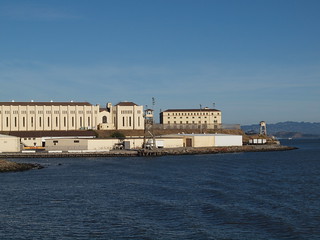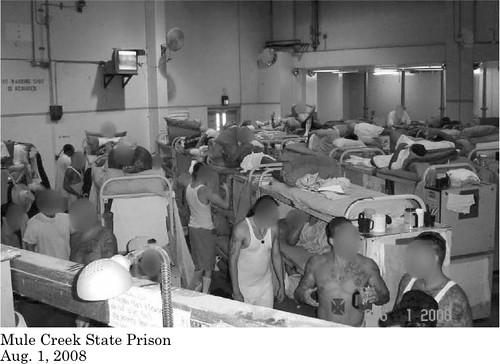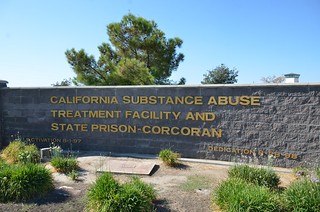by Jennifer Kim & Zachary Norris
Ella Baker Center for Human Rights
In a compromise that places politics before progress, Governor Jerry Brown and the legislature have punted yet again. Rather than seizing a historic opportunity to safely reduce the prison population and save critical resources to restore programs that have faced devastating cuts in previous years, the state has chosen a strategy to increase prison beds and private prison contracts.
Other states have invested in sensible reforms. Texas diverted funding away from prison expansion to fund their Nurse-Family Partnerships Program, a national model that reduces crime and helps low-income families. Meanwhile, California’s posse of fear mongering Republicans and weak willed Democrats (with the exception of Senators Loni Hancock and Noreen Evans) warn us of an imaginary crime wave that will result if a single elderly prison is medically paroled. These “leaders” have asked for yet another timeout to figure out how to reduce the prison population. This may be a reasonable request if not for the fact that we’ve been wrestling with this same issue since 2006.
In recent budget hearings, I witnessed our legislators patting themselves on their backs for the progress they have made since 2006 in reducing the state prison population. The first punt went to our 58 counties, resulting in a geographical shift of our problems, rather than a solution. For good measure, the state punted yet again, shifting prisoners over to states like Oklahoma and Mississippi, consequently enriching the pockets of private prison profiteers. And now, with a court deadline less than four months away, the state’s hemming and hawing has resulted in a compromise that reeks of a regurgitation of failed policies.
We cannot spend or build our way out of this mess. For years, advocates have pushed simple, cost effective measures to safely reduce the prison population including increasing good time credits and expanding elderly and medical parole. These reforms can be implemented immediately. A case in Los Angeles County of a man serving a 42-year sentence for a non-serious, non-sexual, non-violent crime in county jail demonstrates the urgency for comprehensive sentencing reform. Instead of investing in robust rehabilitative and reentry supports, we continue to cut rehabilitation programs, ensuring that less than 5% of the $10 billion annual corrections budget goes to reducing recidivism.
The state’s handling of its overcrowded prisons speaks to a greater and disheartening truth; that schools, parks, and libraries will continue to fall prey to a insatiable corrections budget; that the need for teachers, nurses, and firefighters are outweighed by special interests who benefit from the status quo and who continue to fill the pockets of politicians; and that simply, we would rather lock a man up rather than give him an education. Our reliance on prisons will continue the downward spiral into financial and moral bankruptcy unless our leaders muster the courage to address the most costly and devastating issue facing our communities today.
In addition to sensible criminal justice reforms, the state needs to implement broader justice reinvestment-moving resources away from prisons to innovative programs and ideas, proven to enhance public safety by lifting up communities. This year, Alameda County created an Innovations in Reentry Fund, an initiative that has solicited ideas and programs from the community to reduce recidivism and enhance reentry supports. These are the kinds of strategies we need to pull the state out of crisis and focus on what we truly care about: education, jobs, health and human services, and a clean environment.




